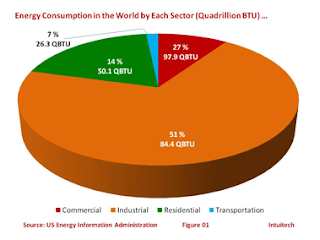SDOH
1. Income and Social Status
2. Social Support Networks
3. Education and Literacy
4. Employment/Working Conditions
5. Social Environments
6. Physical Environments
7. Personal Health Practices and Coping Skills
8. Healthy Child Development
9. Biology and Genetic Endowment
10. Health Services
11. Gender
12. Culture
A wealth of evidence from Canada and other countries supports the notion that the socioeconomic circumstances of individuals and groups are equally or more important to health status than medical care and personal health behaviours, such as smoking and eating patterns (Evans et al., 1994; Frank, 1995; Federal/Provincial/Territorial Advisory Committee on Population Health, 1999). The weight of the evidence suggests that the SDOH have a direct impact on the health of individuals and populations, are the best predictors of individual and population health, structure lifestyle choices, and interact with each other to produce health (Raphael, 2003). In terms of the health of populations, it is well known that disparities-the size of the gap or inequality in social and economic status between groups within a given population-greatly affect the health status of the whole. The larger the gap, the lower the health status of the overall population (Wilkinson, 1996; Wilkinson and Marmot, 1998).
[2]The Social Determinants of Health:
An Overview of the Implications for Policy and the Role of the Health Sector, The Public Health Agency of Canada

Comments